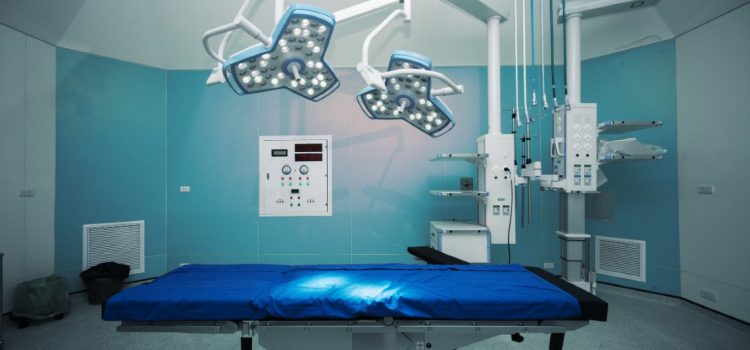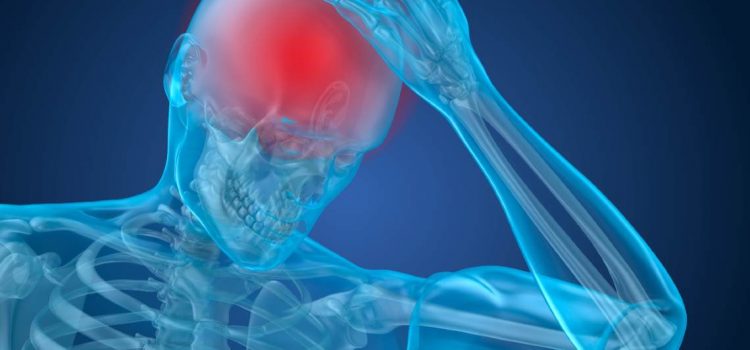Urgent Message: Many Institutions have established guidelines regarding when individuals can return to their regular activities after recovering from COVID-19. Where children and schools are concerned, it’s unclear what the role of testing is (or should be). Katharine Miao, MD, FACEP; Frank Illuzzi, MD, FACEP, CPE; and Alexander Hwang Citation: Miao K, Illuzzi F, Hwang A. Prolonged duration of pediatric COVID-19. J Urgent Care Med. 2021;15(5):23-25. Introduction Since the outbreak of the SARS-CoV-2 virus within …
Read More









